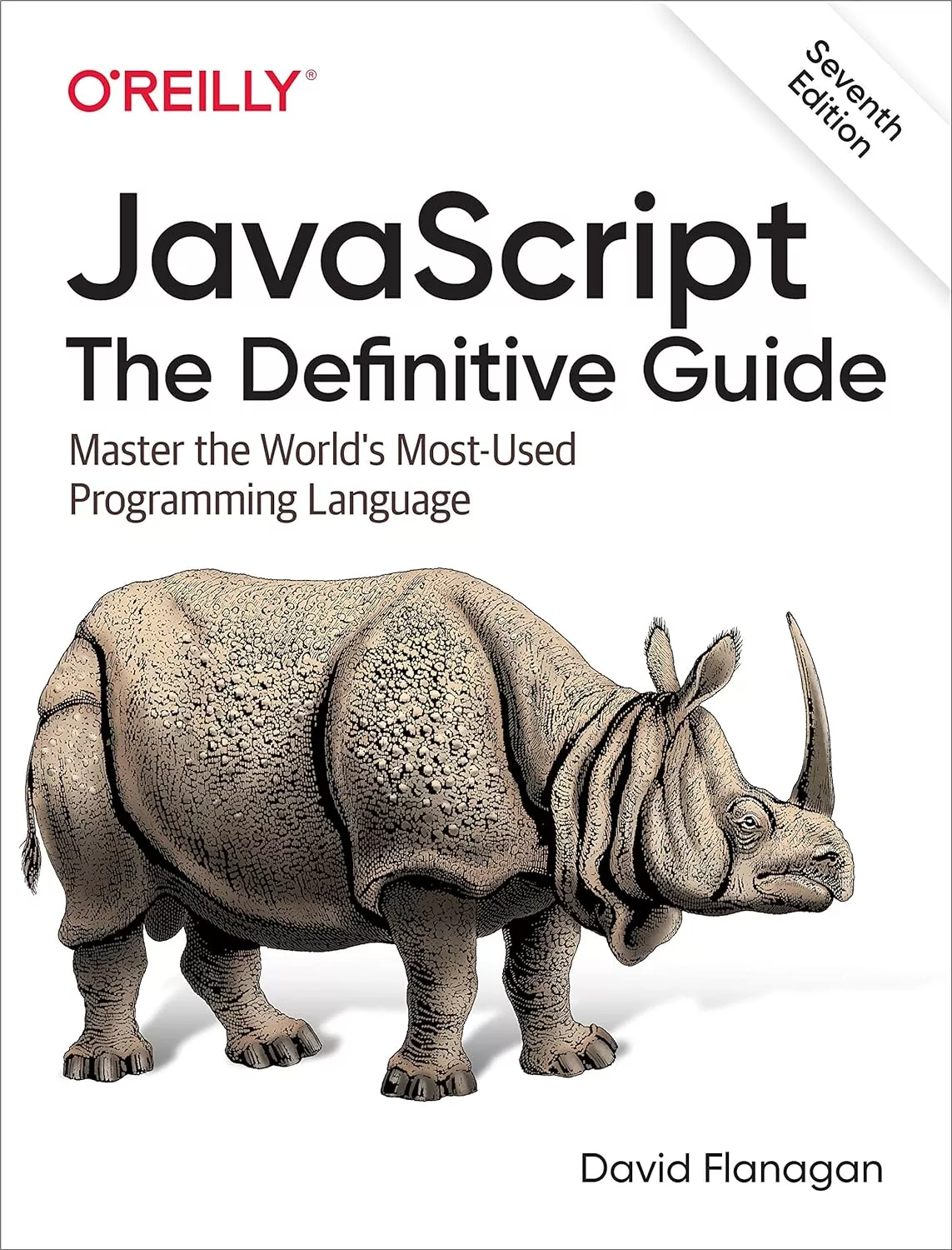
JavaScript is the cornerstone of interactive web development, and understanding it deeply is essential for programmers. In this review, we delve into David Flanagan’s ‘JavaScript: The Definitive Guide,’ highlighting its latest updates and discussing why it remains a crucial resource for developers aiming to master this versatile language.
Product Features
| Feature | Description |
|---|---|
| Product Name | JavaScript: The Definitive Guide |
| Author | David Flanagan |
| Category | Books |
| Edition | 7th Edition |
| Review Count | 1423 |
| Publication Year | 2020 |
| Description | Comprehensive guide covering JavaScript language and web platform, updated with modern features. |
| Key Topics | Types, variables, objects, classes, Node.js, web platform, tools, and language extensions. |
Product Overview
| Pros | Cons |
|---|---|
| Thoroughly updated with modern JavaScript features. | May be overwhelming for complete beginners. |
| Well-structured content that condenses complex topics. | Not suitable for casual readers looking for a quick overview. |
| Includes a new chapter on server-side JavaScript with Node.js. | Some might prefer practical coding exercises over textual explanation. |
Understanding the JavaScript Language: A Foundation for Developers
Building on the foundation established in the previous chapter, we now delve into more sophisticated aspects of JavaScript that empower developers to create dynamic applications with greater efficiency. One of the significant advancements in the 2020 edition is the introduction of classes. Unlike traditional object-oriented languages, JavaScript’s class syntax provides a cleaner and more intuitive way to manage objects and inheritance, making it easier to structure code.
I find that using classes can often simplify the development process. For example, they enable the encapsulation of related data and behavior, allowing for modular programming. This modularity is further enhanced by the introduction of modules themselves. By utilizing the `import` and `export` syntax, I can break applications into manageable components, improving readability and maintainability.
Another noteworthy feature introduced is the async/await functionality, which transforms asynchronous programming. It allows me to write code that reads almost like synchronous code, significantly reducing the complexity of handling promises. This clarity of flow is invaluable when dealing with network requests or intensive computations.
I also appreciate Flanagan’s insights on server-side JavaScript with Node.js, bridging client and server-language capabilities. Using Node.js not only extends JavaScript’s utility but also enables more cohesive development practices. Ultimately, integrating these advanced features allows developers to craft robust and scalable applications. As we venture further, I’ll share practical advice on tools and language extensions that truly enhance the JavaScript development experience, paving the way for mastering modern practices.
Advanced Concepts and Modern Practices in JavaScript Programming
As we delve deeper into JavaScript programming, it becomes essential to grasp the advanced concepts and practices that this versatile language offers. One significant leap in its evolution, particularly highlighted in Flanagan’s 2020 edition, is the introduction of classes. Unlike traditional JavaScript’s prototype-based inheritance, classes bring a more structured and cleaner syntax. This means organizing code becomes much more efficient, making it easier to understand and maintain, like a breath of fresh air for seasoned developers.
Moreover, modules have emerged as a way to better manage code dependencies, promoting reusability and encapsulation. By leveraging the module system, we can break our applications into smaller, more manageable pieces, which helps streamline development processes. As someone who often wrestles with large codebases, I find this aspect liberating—I mean, who wouldn’t appreciate a tool that minimizes confusion?
Additionally, the async/await syntax enables asynchronous programming to resemble synchronous code. This shift significantly enhances code readability and reduces complexity in handling promises. Utilizing async/await transforms our approach to working with network requests or file operations.
Flanagan’s insights on server-side JavaScript with Node.js are invaluable. Understanding the event-driven architecture of Node.js opens doors to a realm of possibilities, such as building scalable network applications. It’s exciting to think how combining client-side and server-side capabilities can lead to more dynamic and responsive applications in the real world.
In terms of practical advice, incorporating tools like ESLint for code quality, Babel for using the latest JavaScript features without worrying about compatibility, and testing frameworks like Jest to ensure robust applications can elevate your development experience. Embracing these modern practices not only enhances productivity but also cultivates a culture of clean, efficient coding. With Flanagan’s mastery and these advanced concepts, you’re well-equipped to not just tackle existing projects, but to innovate in a landscape that’s constantly evolving.
Conclusions
In conclusion, ‘JavaScript: The Definitive Guide’ is an invaluable resource for both beginners and experienced developers. With its comprehensive coverage and updated content, it serves not only as a guide but also as a reference point for mastering JavaScript. Investing in this book can significantly enhance your programming career.